Catfish are freshwater fish that thrive in ponds, lakes and rivers in temperate climates. To be good at catching catfish, you need to know what they like to eat, where they dwell, and which techniques entice them to take the bait. Read on for catfish-catching tips that will ensure you won't leave the boat with an empty cooler.
Method 1 of 3: Choosing Gear and Bait
1. Buy a fishing rod and line. The size of the rod you buy should be determined by the size of the fish available to catch in your region.
Method 1 of 3: Choosing Gear and Bait
1. Buy a fishing rod and line. The size of the rod you buy should be determined by the size of the fish available to catch in your region.
- For fish under 20 pounds, use a six-foot rod with at least a 10-pound test line.
- For fish over 20 pounds, use a seven-foot rod with at least a 20-pound test line.
- Longer rods are better for fishing from banks, as opposed to a boat, since they offer greater reach.
2. Buy fishhooks, bobbers, and other gear. Most sporting good stores sell starter tackle boxes that include a range of supplies to get you started. When it comes down to it, all you really need are sharp fishhooks, but some of the other accessories are nice to have.
- Glow-in-the-dark bobbers can come in handy when you're fishing at night.
- Other types of bobbers can be helpful when you're fishing on a still pond.
- You'll also need buckets and coolers to hold your bait and any catfish you'll be bringing home.
3. Experiment with different types of bait. Some catfish enthusiasts swear by a specific type of bait, but the truth is that catfish will eat many different things. For your first few catfishing expeditions, take a few different types of bait, so you can find out what the catfish in your region like to eat. Try some of these options:
- Try cut bait. Shad, herring, goldeye, and other baitfish release oils that attract catfish. Slices of these fish are particularly effective for catching channel catfish, which are the most common type of catfish in North America.
- You can also use live baitfish that haven't been cut. These won't release oil as readily, but they may be more appealing to catfish since they're alive. Experiment to see which one is better.
- Try crawfish. Catfish in southern regions might eat crawfish, which is available at your local bait shop.
- Try nightcrawlers, which you can also buy at the bait shop. These worms are appealing to many types of fish..
- If you don't want to make a run to the bait shop, you can use chicken livers or pieces of corn.
- Try an artificial bait. There are dozens of artificial catfish baits sold at sporting goods stores, many of which claim to have a magic ingredient for which catfish go wild. However, expert fishermen say that the best fish are caught with real, live bait.
4. Choose a bait size that matches the size of the fish you want to catch. If you know you stand the chance of catching a 50-pound fish, you're going to need a large piece of bait. Smaller bait like nightcrawlers will get stolen off the hook.
5. Keep the bait fresh. Catfish aren't going to eat fish pieces that have been sitting out, so you'll need to store them in a bait cooler to keep them cold during the hours you'll be spending on the water.
- Keep nightcrawlers in a container inside a cooler.
- Keep cut baitfish on ice.
- Keep live baitfish in a bucket of cool water.
Method 2 of 3: Finding Active Catfish
1. Start fishing in the spring. Catfish are less active when the water is cold, so the best time to start fishing is when water levels rise and the water warms to about fifty degrees in the spring. You can continue fishing until it gets cold again.
- Experiment to find the best time of year to go catfishing in your region. In some places the season may start earlier, and in other places the water doesn't warm up until early summer.
- Blue catfish, which live in the Southern United States, are active all winter long, so you don't have to pause during the colder months if you're fishing in that region.
2. Go early in the morning. Catfish are more active very early in the morning, so plan to start your fishing expedition before sunrise, or even earlier. They tend to feed during these hours.
- Fishing at night can also yield a large catch. If you like to stay up all night on the water, try fishing starting around one or two in the morning.
- You might find some catfish later in the day if it's overcast or raining, but if there's full sun, the fish are likely to be less active.
3. Look for spots with cover. Catfish like to dwell in places where a current meets a still area, so they can rest without fighting the current. "Covered" areas can be found where the current hits a large log or rock, usually near the bank of a river. Other resting places might be found near dams or other man-made structures in the water.
- In smaller rivers and streams, look for eddies created by rocks and fallen logs toward the middle of the water.
- If you're fishing in a pond or reservoir, look for areas near feeder creeks, very deep spots, and fallen logs and boulders.
4. Take your position. Once you've chosen the spot where you want to start fishing, drop your anchor, set up your equipment, cast your line and wait for a bite.
Method 3 of 3: Bringing in a Fish
1. Reel it in. When a catfish bites, let the line go a bit slack and then start reeling it in, quickly. Read How to Reel in a Large Fish to learn proper reeling techniques.
1. Reel it in. When a catfish bites, let the line go a bit slack and then start reeling it in, quickly. Read How to Reel in a Large Fish to learn proper reeling techniques.
2. Examine the fish's size. Make sure the fish meets the size requirements for keeping fish in your region.
- If the fish is too small, you will have to unhook it and set it free.
- If you plan to keep the fish, place it in a bucket of water so that you can clean and skin it later.

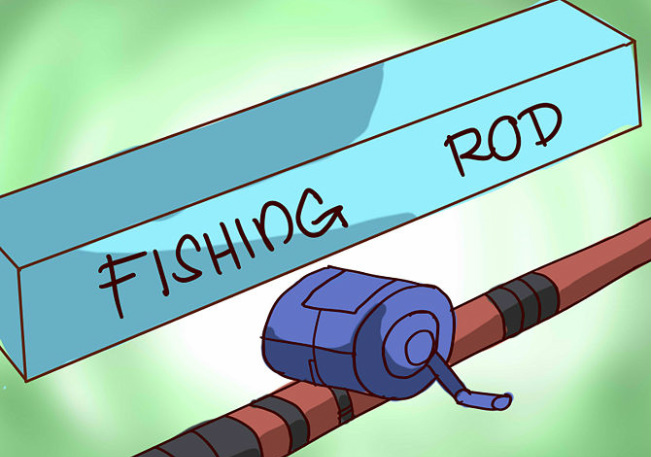
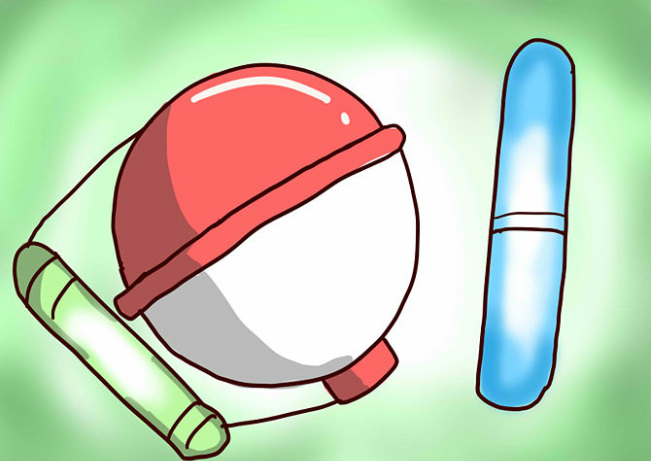

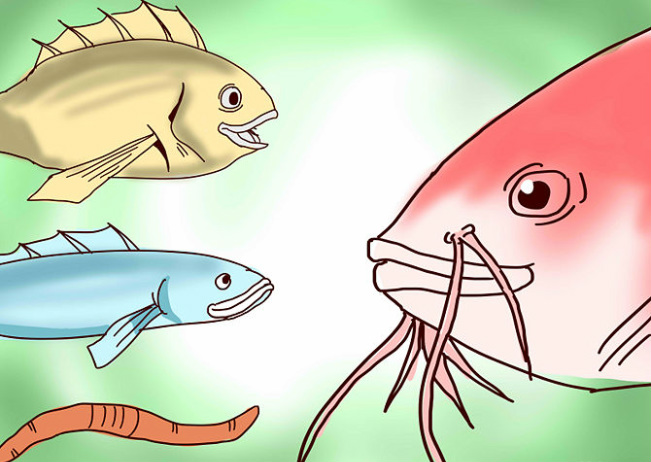
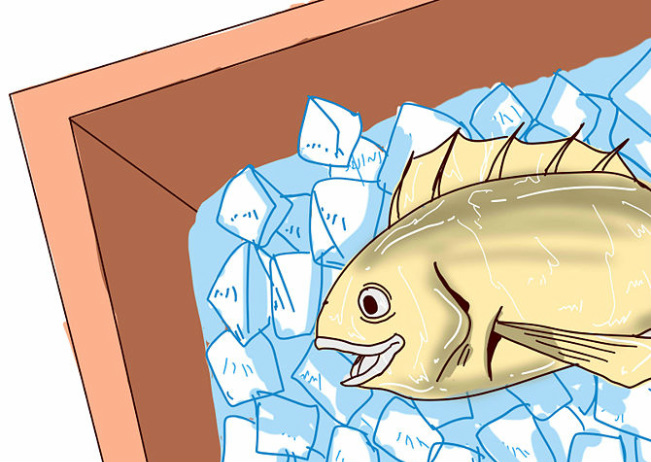


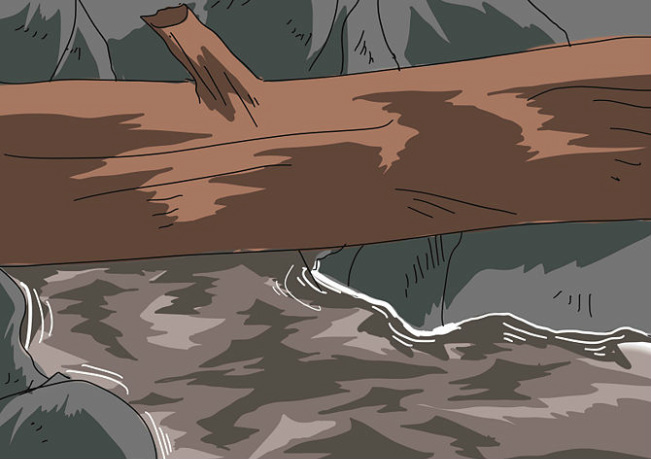
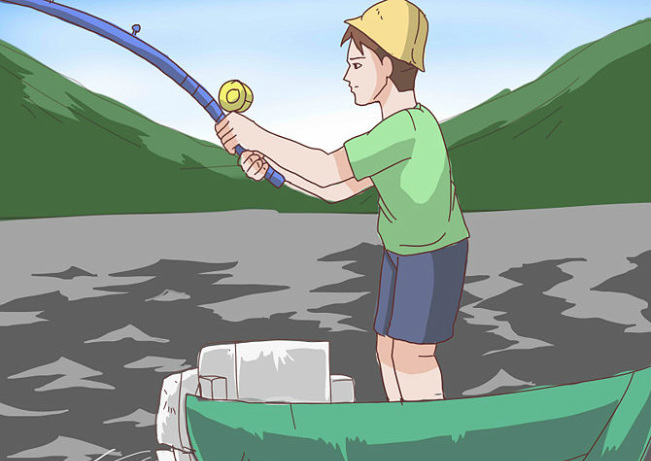
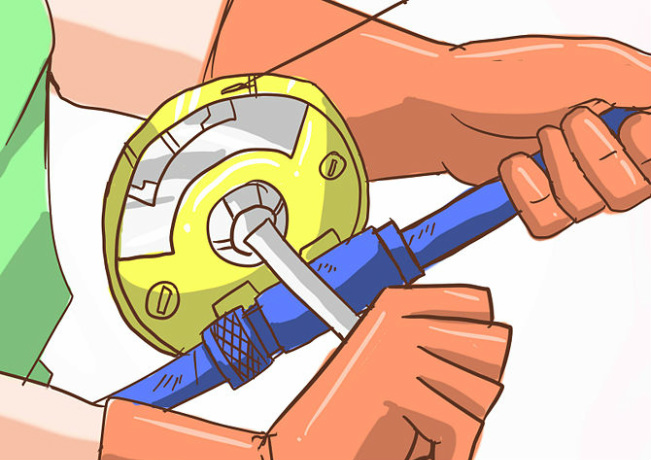
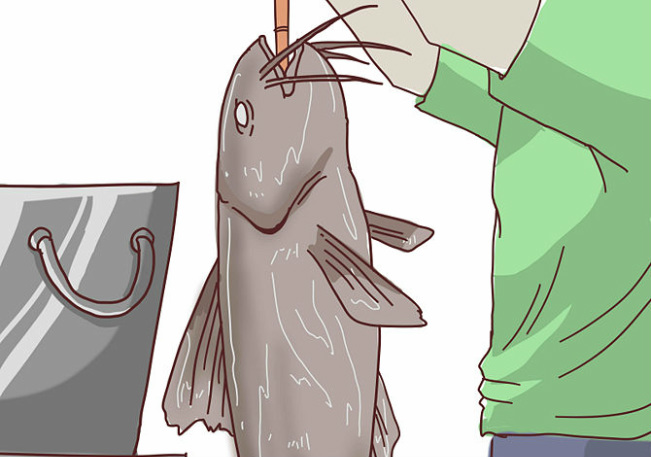
 RSS Feed
RSS Feed
